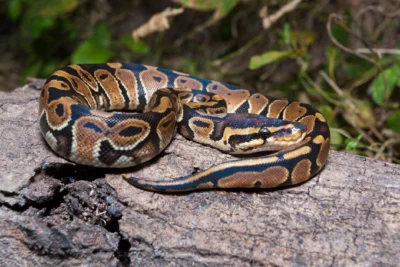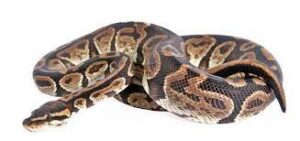How big does a ball python get? This question often arises among snake enthusiasts and prospective pet owners alike. Ball pythons, known for their docile nature and striking appearance, captivate many with their manageable size and fascinating behavior.
Ball pythons are generally a smaller species of python compared to others, but they can still reach a substantial size. On average, adult ball pythons typically grow to be around 3 to 5 feet (0.9 to 1.5 meters) in length. However, some individuals may exceed this range, with exceptionally large specimens reaching lengths of up to 6 feet (1.8 meters) or slightly more.
It’s important to note that the size of a ball python can be influenced by various factors, including genetics, diet, and environmental conditions. Proper care and husbandry practices can help ensure that your ball python reaches its full growth potential while remaining healthy and thriving.
How big does a ball python get?

Ball pythons, scientifically known as Python regius, are a species of snake native to West and Central Africa. They are relatively small compared to other pythons. As hatchlings, they typically measure around 10 to 15 inches (25 to 38 centimeters) in length.
As they mature, ball pythons can grow to an average length of 3 to 5 feet (about 0.9 to 1.5 meters), though some individuals may be slightly smaller or larger. Males generally tend to be smaller than females.
The name “ball python” comes from their tendency to curl into a ball when they feel threatened or stressed. This behavior is a defense mechanism to protect their heads, which are the most vulnerable parts of their bodies.
Providing appropriate care, including proper enclosure size, temperature, humidity, and a balanced diet, is essential for their growth and overall health. With good care, ball pythons can live for several decades and reach their full potential size.



